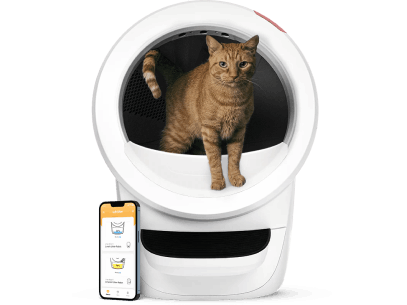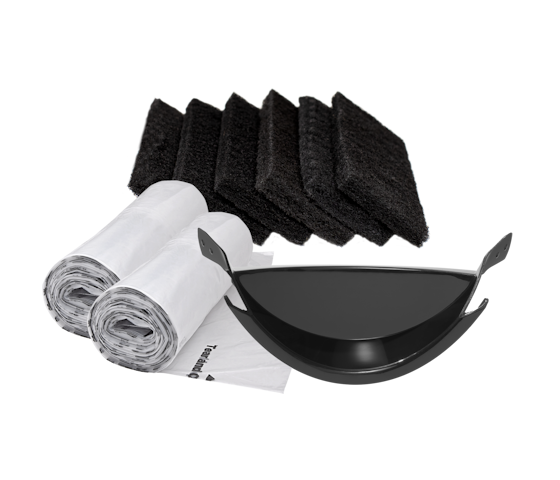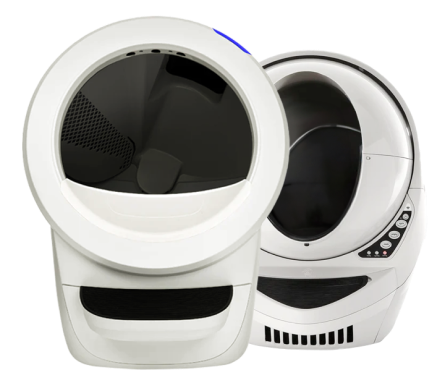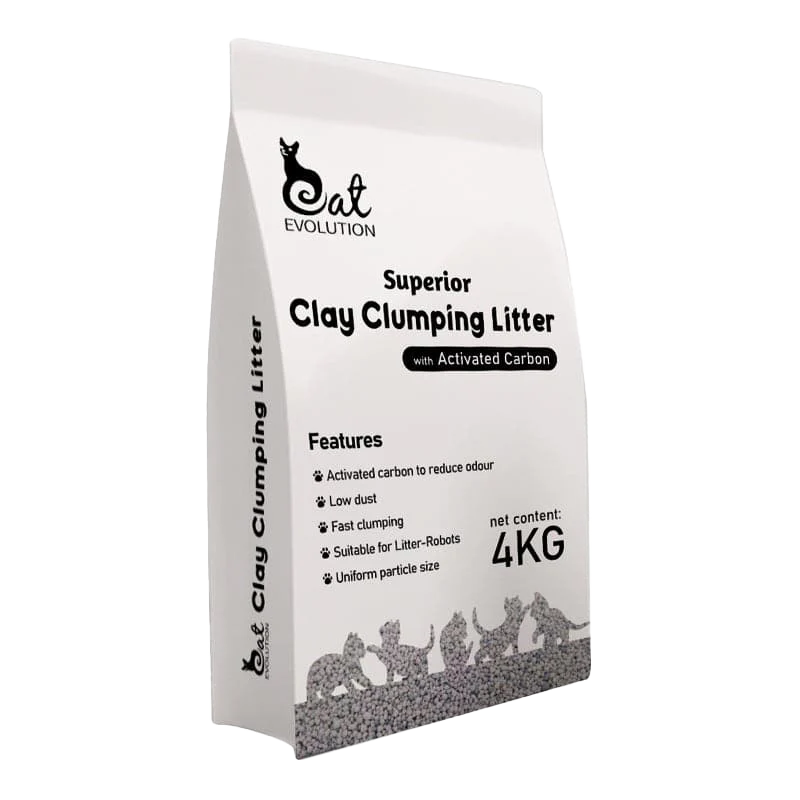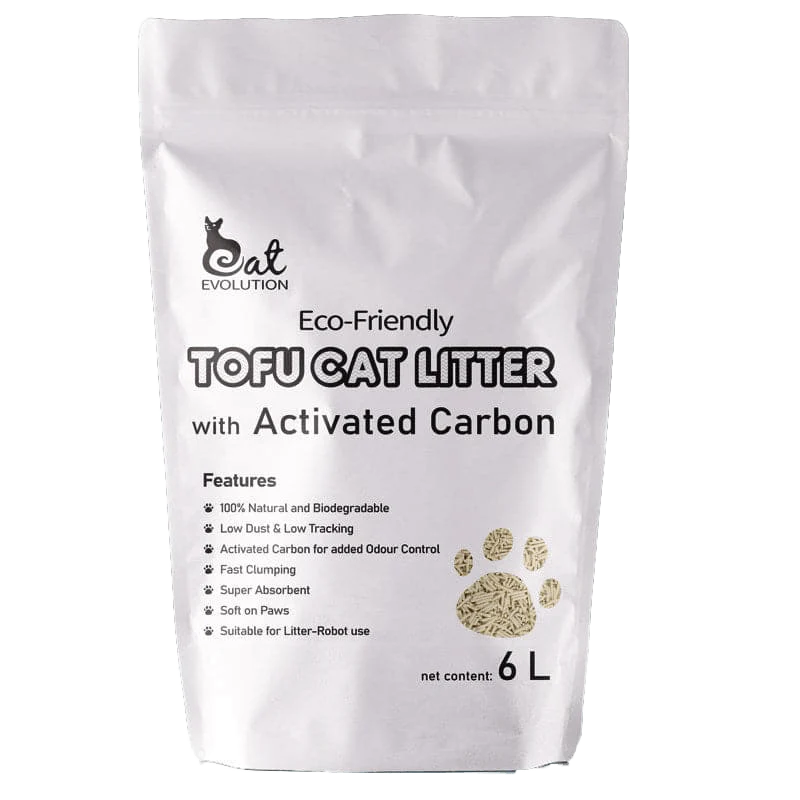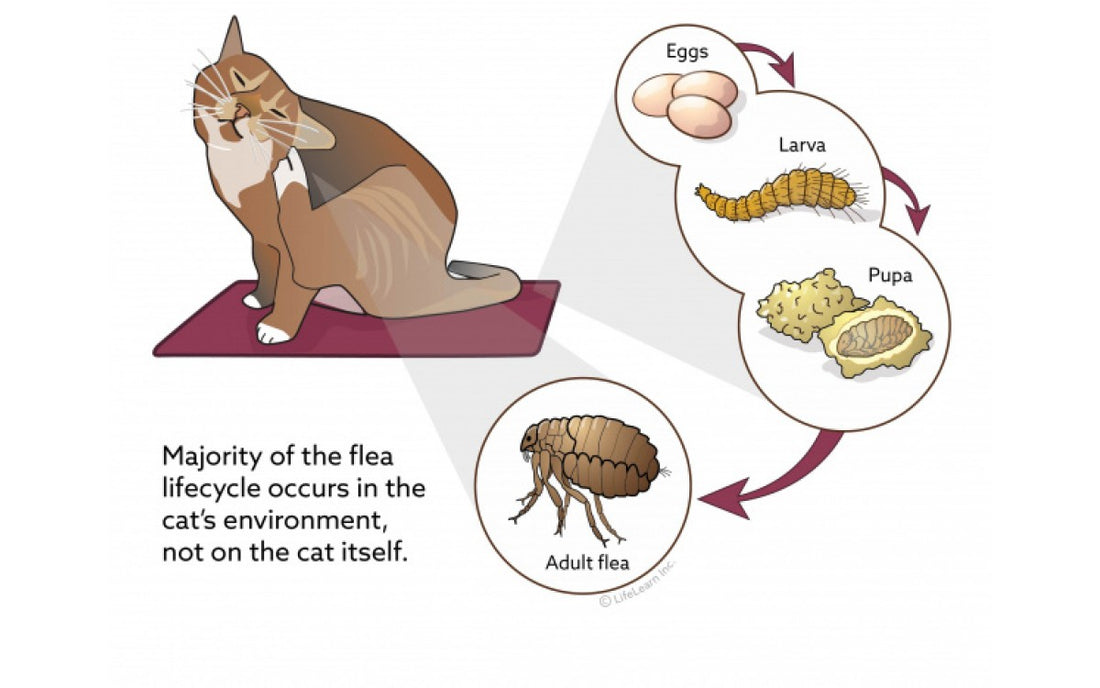This is not a topic that we would usually address, but we have had some experience with the issue, as all cat owners experience fleas, if not ticks, at some time in having cats.
As we have indoor only cats, we do not currently use flea treatments, nor are we in a position to need tick prevention. However, as both are important to be dealt with quickly if your cat is affected by either, herein are some points to consider
TICKS

Ticks are a part of the Australian landscape, with Paralysis ticks mostly found along the East Coast of Australia, but maybe as far in as Melbourne. They are not prevalent on the West Coast. It's good to check with your local Vet if you are not sure as to possible tick issues in your area, and plan accordingly. If you have outdoor cats or other pets that can bring ticks into contact with your cats, then you do need to have some prevention in place. Ticks can cause great harm to your cats, based on the poison that is injected in when the tick bites to feed on blood, and also, because ticks burrow into the flesh and are hard to remove, once in place. A tick can cause a cat to quickly sicken and even die, without treatment for removal of the tick, usually by a vet as its very important to ensure all parts of the tick are removed. Often attempting to remove a tick will leave the head lodged within your cat, necessitating surgery and treatment of the resulting poison/infection. As such, it's best to have a Vet deal with tick removal.

Prevention is better than having to attend to removal, and there are a number of products available on the market for use to prevent ticks. As the products are usually quite toxic, it's always best to check with your Vet as to recommendations, and dosage, and to ensure safe storage out of reach of cats or children.
FLEAS
Mostly seen as intensely annoying, fleas are parasites that feed on blood, like ticks. They are much smaller and are happy to bite anything that is moving, be it cat, dog, person or otherwise.
![SALE] Electric Flea Comb For Cats](https://cdn.shopify.com/s/files/1/1511/4266/products/flea_04_530x.jpg?v=1564560883)
If you have a cat with fleas, it's important to try and treat the issue well before your home has fleas, as they do breed quickly and lay eggs that can stay in the environment for quite a long time before hatching and breeding. If you have fleas on your cat and your cat is inside, you will need to consider professional treatment of the home, as well as treating the fleas on your cat (and possibly you). Having fleas is more than annoying itchy bites. Fleas carry disease and can also be carriers of tapeworm eggs, passing the issues to you and your cats by biting. It's important to treat any flea infestation quickly and thoroughly, or if possible, prevent fleas from entering your environment and feasting on your pets.
There are a lot of flea treatments available on the market, but not many are suitable for cats. Cats groom themselves by licking their fur, and putting flea treatments where a cat can lick is problematic, as the pesticide is toxic to cats as well as fleas. It is best to seek your Vets recommendation on flea treatments, with some over the counter treatments unsuitable if not applied in the correct location and quantity.
ORAL OR TOPICAL
Self application, to the external of your cat, is topical. Applied with care, onto the skin (if needed) or fur (if applicable) where your cats are not likely to be ingesting the treatment in quantity, is important for topical applications. Given the possibility of human error, it may be better to consider Oral, which has its own challenges and benefits.
Oral are ingestible, and if your cat is used to medications, can be easier to administer correctly. However, vomiting, or pill-resistant cats, can make oral challenging as well. Some examples of treatments that Vets may recommend are Comfortis, effective oral flea treatment for cats. These liquids are typically applied to one area of your cat and can last for a month before having to be reapplied. Many can start killing off fleas in as little as 12 hours. Topical flea treatments for cats include Revolution, Cheristin for Cats and Advantage II.
BOTTOM LINE
The best way to deal with Fleas and Ticks is if possible to avoid exposure to these parasites. Indoor cats are less likely to suffer from infestation, as they are not in the external environment where these small but harmful pests live. Ensuring any outside/inside animals are kept protected from fleas and ticks, with appropriate preventative treatments, is generally better than treating infestations. Do seek your local Vets recommendations and also an opinion, on the need for flea and tick protection, and your cats will benefit from a healthier lifestyle.
As prevention is better than a cure, you can keep your cat flea and tick free if you provide them with a clean environment, and avoid the introduction of the pests to your cats. Ideally, indoor-only living keeps your cats relatively isolated from the pests of the natural environment, and it does make it easier to control what they are exposed to. Having an automatic litter box system in place, makes keeping your cats indoors much easier, for both you and your cats. If toileting is kept hygienic and under control with an automatic Litter-Robot, there is no need to have your cats outdoors and possibly subject to flea or tick infestation.
